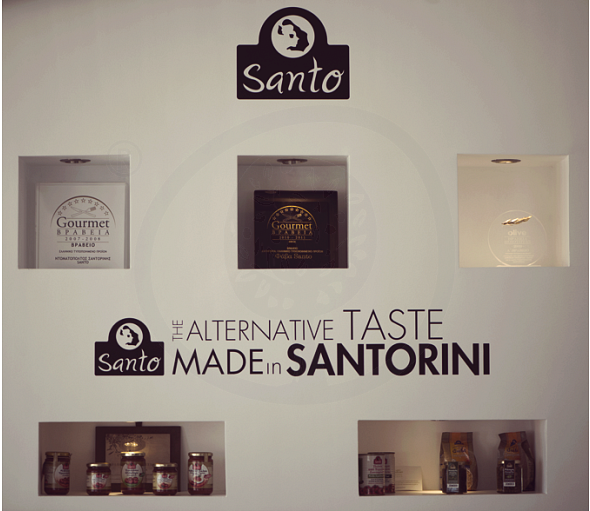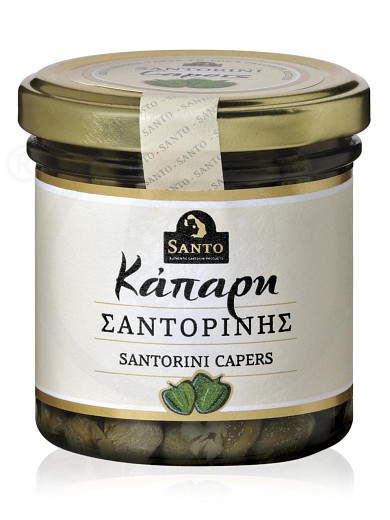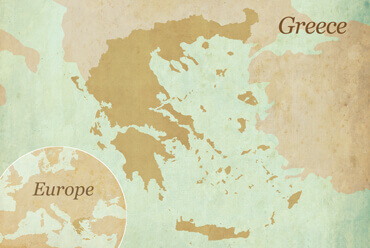Ingredients
- Capers, water, salt and vinegar.
Net Weight
100gGross Weight
220gWidth
6.8cmDepth
6.1cmHeight
5.6cm

Im Gegensatz zu anderen Inseln wurde die Geschichte von Santorini nicht durch Kriege, Piraten, Eroberer oder Plünderung, sondern durch den immer noch aktiven Vulkan der Insel bestimmt. Santorini oder Santorin wurde erstmals ca. 3000 v.Chr. von den Phöniziern besiedelt. Damals hieß die Insel aufgrund ihrer runden Form „Strongyli“ („die Runde“). Im Jahre 1450 v.Chr. wurde Santorini durch einen Vulkanausbruch vollkommen zerstört. Die Insel blieb bis zur Ankunft der Lakedämonier im 12. Jahrhundert unbewohnt. Mit den neuen Einwohnern begann sich wieder eine neue Kultur zu entwickeln. Später folgte die Zeit des byzantinischen Reiches, die Besatzung der Insel durch die Venezianer im Jahre 1204 und ihre Umbenennung in „Santorini“, vom Namen der Kirche der Heiligen Irini („Santa Irene“) abgeleitet. 1579 wurde Santorini vom Osmanischen Reich annektiert. Die Schifffahrt und der Handel florierten. 1830 schloss sich die Insel dem neugegründeten Griechischen Staat an. Im Jahre 1956 richtete ein weiteres starkes Erdbeben gravierende Schäden an. Die imposante Landschaft Santorinis reflektiert die Geschichte der Insel und ist einzigartig: die Vulkanlandschaft der Caldera, die Strände mit dem schwarzen Sand, die geriffelten Felsen, die Klippen. Andere Wahrzeichen von Santorini sind u.a. die archäologischen Stätten, die Kapitänshäuser, die traditionellen Höhlenhäuser, die kykladische Architektur, die Weinberge und die Terrassenfelder.













